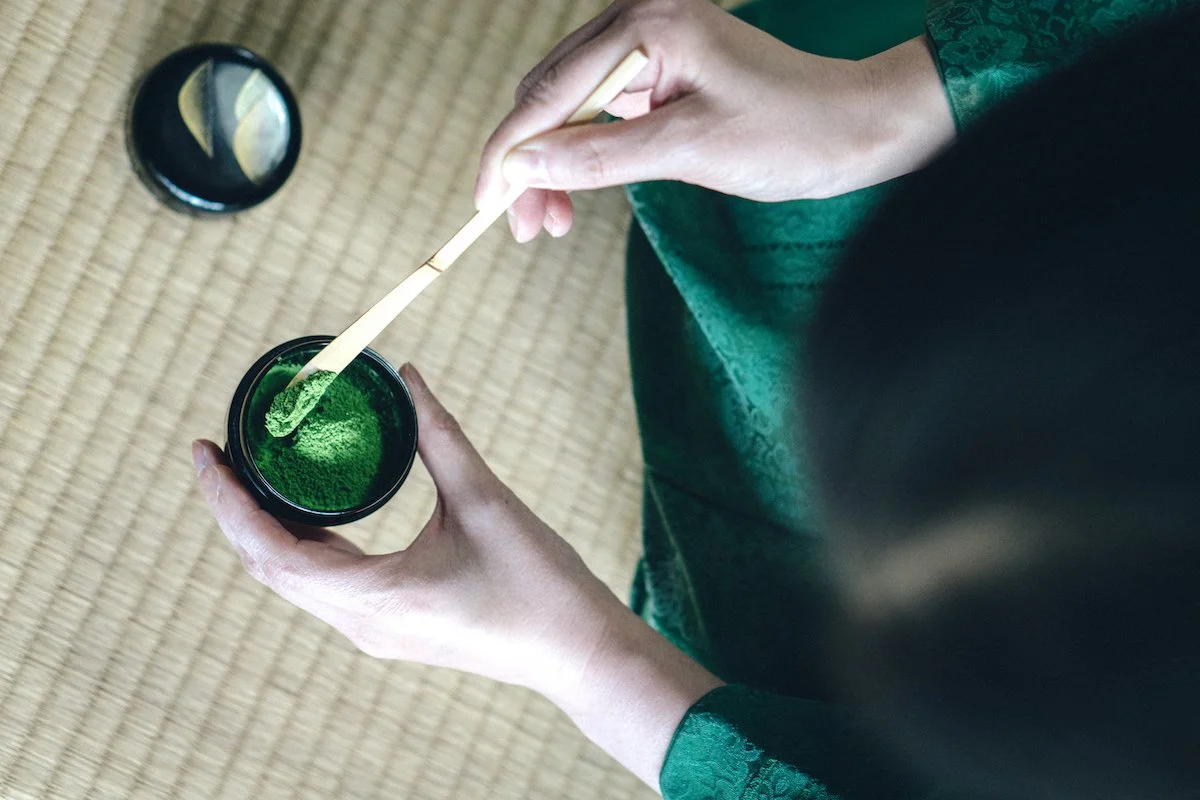How to Choose a High-Quality Matcha
Matcha has been consumed in Asia for centuries, but in the last decade or so, matcha has become hugely popular in the West. But with so many matcha products available and no official standards for evaluation, it can be difficult for Western consumers to determine the differences in quality among these products.
Here are some factors to consider that can help you determine the quality of matcha products sold in the West.
Grade
In Western markets, matcha is usually classified as ceremonial grade or culinary grade. But even within those categories, there are significant variations in quality from product to product.
Ceremonial-grade matcha comes from the first harvest of the season, when the tea leaves are tender and haven’t been exposed to much sunlight yet. This matcha is best for drinking as pure tea. Culinary-grade matcha comes from second or third harvests, when the leaves are duller in flavor. Culinary-grade matcha is lower quality, so it is recommended for use in baking, for example, because the matcha will be mixed with sugar and other ingredients.
But the terms “ceremonial grade” and “culinary grade” are not used in Japan. All products labeled “matcha” in Japan are assumed to be equivalent to what the West calls “ceremonial grade,” while lower-quality products would be labeled “powdered green tea” in Japan instead. While matcha is made only from tencha leaves, powdered green tea can be made from sencha or other teas.
Origin
Matcha is a Japanese product. While powdered green tea can come from Japan and other countries, true matcha comes only from Japan.
Within Japan, there are a few regions that produce matcha: Uji, Yame, Nishio, Shizuoka, and Kagoshima. Uji is known worldwide for producing good matcha and so many brands market their matcha products as “uji-cha” or “Uji Matcha” to take advantage of that reputation. Uji matcha is produced using a specific traditional method, but Uji matcha is not necessarily more enjoyable than other matcha. Identifying the most enjoyable matcha is a matter of consumers’ personal taste.
Price
Good matcha is not cheap. It is a delicate and highly labor-intensive product, and there is a limited supply.
If you find a matcha product whose price seems too good to be true, there’s a good chance it’s a low-quality product or even a counterfeit product. The experience of drinking matcha of decent quality is likely to be worth the slightly higher price tag.
Packaging and storage
Once matcha is exposed to air, it goes stale very quickly. It is also light-sensitive: Light causes matcha to oxidize, which lightens the color, degrades the taste, and counteracts some of its health benefits. So matcha should be kept in an opaque, airtight container.
Most retailers package matcha in a way that protects it from air and light, but cafes and coffee shops that serve matcha sometimes do not store it properly. It might sit on a shelf in a clear glass jar that is opened frequently, exposing the matcha to air each time. If you want to order matcha at a cafe that does not specialize in it, ask how they store their matcha before you order to make sure you will receive a high-quality beverage.

